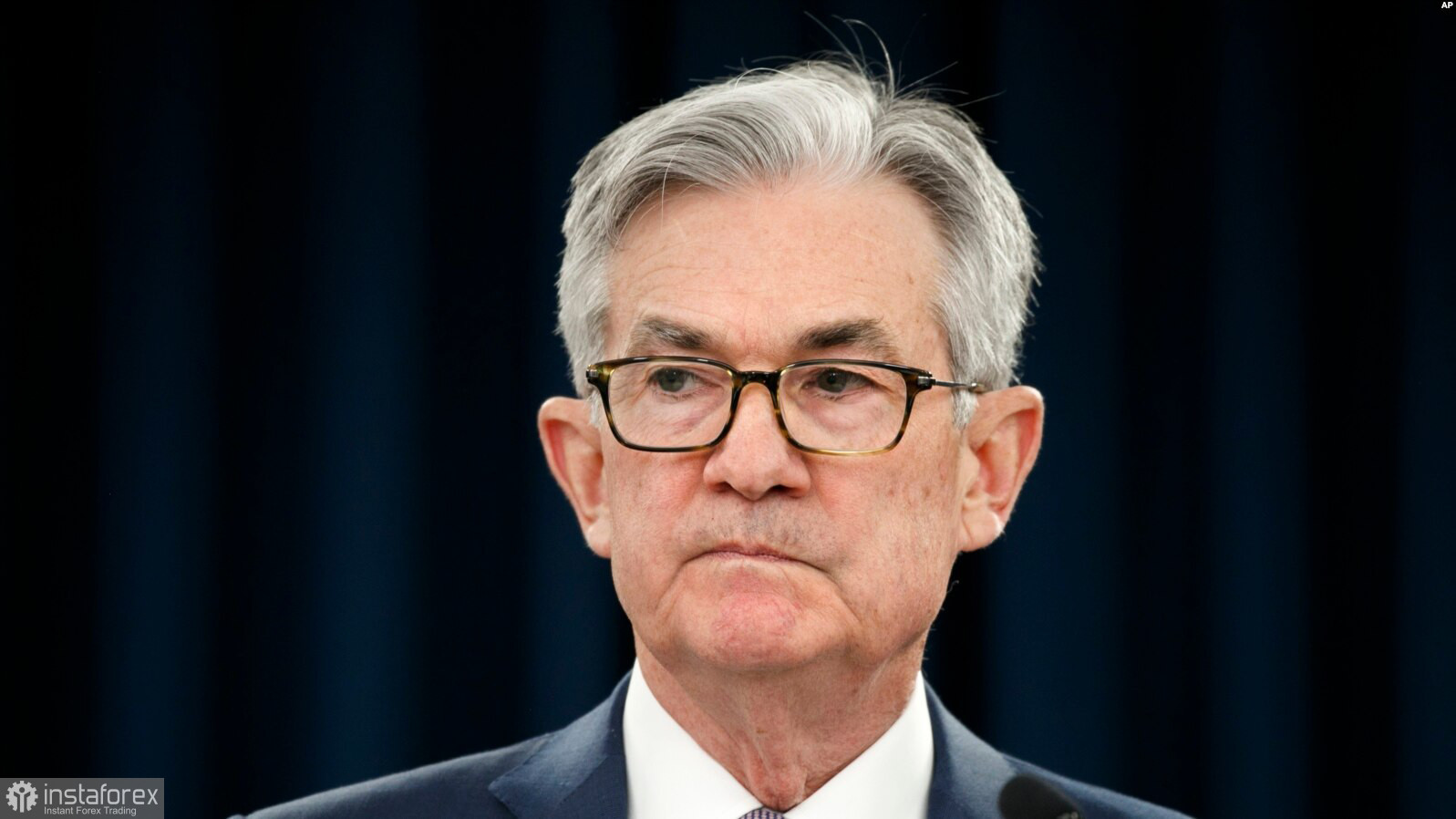
The primary indices of the US stock market - Dow Jones, NASDAQ, and S&P 500 - closed Wednesday at a new high, a paradoxical occurrence. Recall that we anticipated the strengthening of the US dollar and the decline of the US stock market, as this is reasonable when the Fed raises interest rates by 1.5 percentage points in just two months, the most fast tightening of monetary policy in the past four decades. However, as is typical, the markets viewed this event differently. The Fed's decision to raise interest rates for the second time in a row by 0.75 percentage points was not a surprise, given that the media and Fed's monetary committee members have been discussing this decision for the past month. The markets could genuinely consider the next tightening of monetary policy in advance. However, didn't the economic climate change result from the decision's foreknowledge? In any case, the rate has been increased, so there will be trends in the US economy again, leading to an increase in demand for safe assets and a decrease in demand for risky assets. Overall, we believe that the markets responded illogically to the Fed meeting, and our outlook for the dollar and stock indices with equities is unchanged: in the first instance, growth, and in the second case, a decline.
The Fed's cover letter contained no new or significant information.
According to the communique, the Ukrainian-Russian conflict would have severe repercussions for the economies of all nations and exacerbate inflationary pressure. The Monetary Committee remains committed to returning the consumer price index to 2 percent as quickly as feasible. Therefore, it is prepared to increase the interest rate further. In addition, the Fed will continue to unload its balance sheet and sell off the Treasury and mortgage bonds it has collected over a long period, particularly during the pandemic.
Jerome Powell stated during a news conference that the Fed is prepared to hike interest rates by 0.75 percentage points in September if inflation does not significantly decelerate by then. The Fed chairman made it plain that the Fed will continue to combat rising inflation until real outcomes are achieved. After that, it will be possible to anticipate a slowing in the rate of tightening monetary policy. Powell also stated that he does not see any indications of a recession in the American economy. He remarked that unemployment remains at its lowest level in the last fifty years and that the labor market has strong monthly dynamics. Because inflation is currently 9.1 percent and is unlikely to show a significant drop in the next two reports, we are awaiting a new tightening.





















